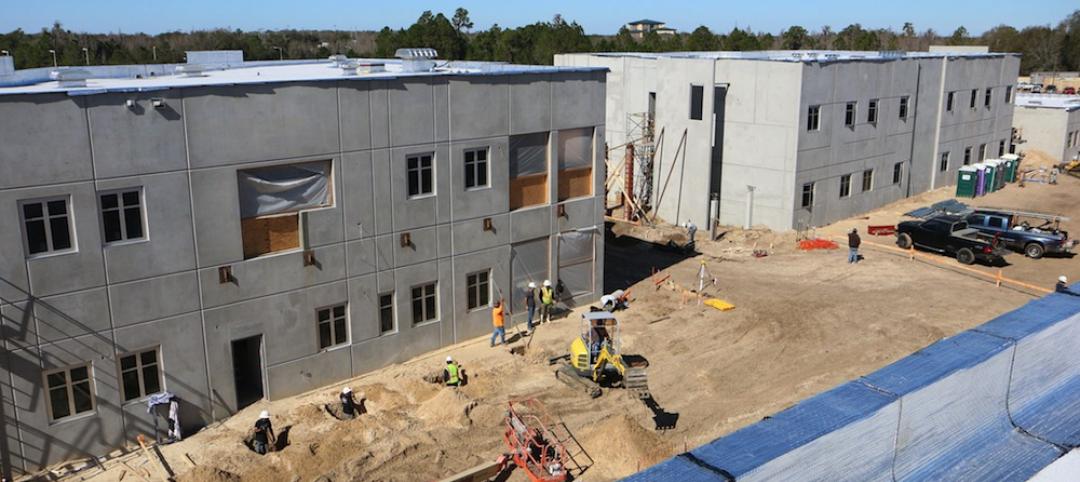A method to estimate the amount of CO2 generated by building occupants since the early 1980s may be off by as much as 25%.
Researchers at the National Institute of Standards and Technology (NIST) and George Mason University say the old formula relies on old data and a method lacking scientific documentation. To help address the problem, the researchers developed a new computation method that uses well-established concepts from the study of human metabolism and exercise physiology.
The new method relates CO2 generation rates to body size and composition, diet, and level of physical activity. Researchers say this results in more accurate estimates of the CO2 generated by individuals, and by extension, an improved estimate of the concentration produced by a building’s entire occupant population.
Measurements of indoor carbon dioxide (CO2) concentrations are used to evaluate indoor air quality. CO2 metrics are strongly linked to the levels of contaminants, such as gases and particles, circulating in the air. This information can be used to control ventilation, which helps clean the air, and can reduce the need for heating and cooling.
Related Stories
Codes and Standards | Apr 18, 2016
ASHRAE releases proposed energy standard for historic buildings
Designed to balance with preservation requirements.
Codes and Standards | Apr 13, 2016
Canadian city fines itself for failing to get a building permit for building renovation
Guelph, Ontario, will pay a $1,125 fine to the province.
Codes and Standards | Apr 12, 2016
Construction trade groups sue OSHA over silica rule
Cite concerns about technological and economic feasibility.
Codes and Standards | Apr 11, 2016
New LEED 2009 projects will have to meet increased minimum energy performance
New requirements went into effect April 8.
Wood | Apr 8, 2016
New LEED Pilot ACP designed to help eliminate irresponsibly sourced materials
Illegal wood is primary target to restrict illicit material in the supply chain.
Lighting | Apr 5, 2016
Lighting requirements for high-rise dwellings proposed for energy standard
The requirements would effectively eliminate incandescent and halogen bulbs.
Steel Buildings | Apr 4, 2016
AISI publishes Cold-Formed Steel Framing Design Guide, 2016 Edition
Updates 2007 edition; includes five comprehensive design examples.
Data Centers | Apr 1, 2016
ASHRAE releases publication on the impact of IT equipment on data center design
The book offers advice for designing structures in the fast-changing data center industry.
Codes and Standards | Mar 28, 2016
Occupant egress simulations that impact codes fall short, researchers say
Building evacuations in emergencies are too dangerous as a result.
School Construction | Mar 28, 2016
National report on school buildings reports $46 billion annual funding shortfall
Millions of students said to be learning in obsolete facilities.

















